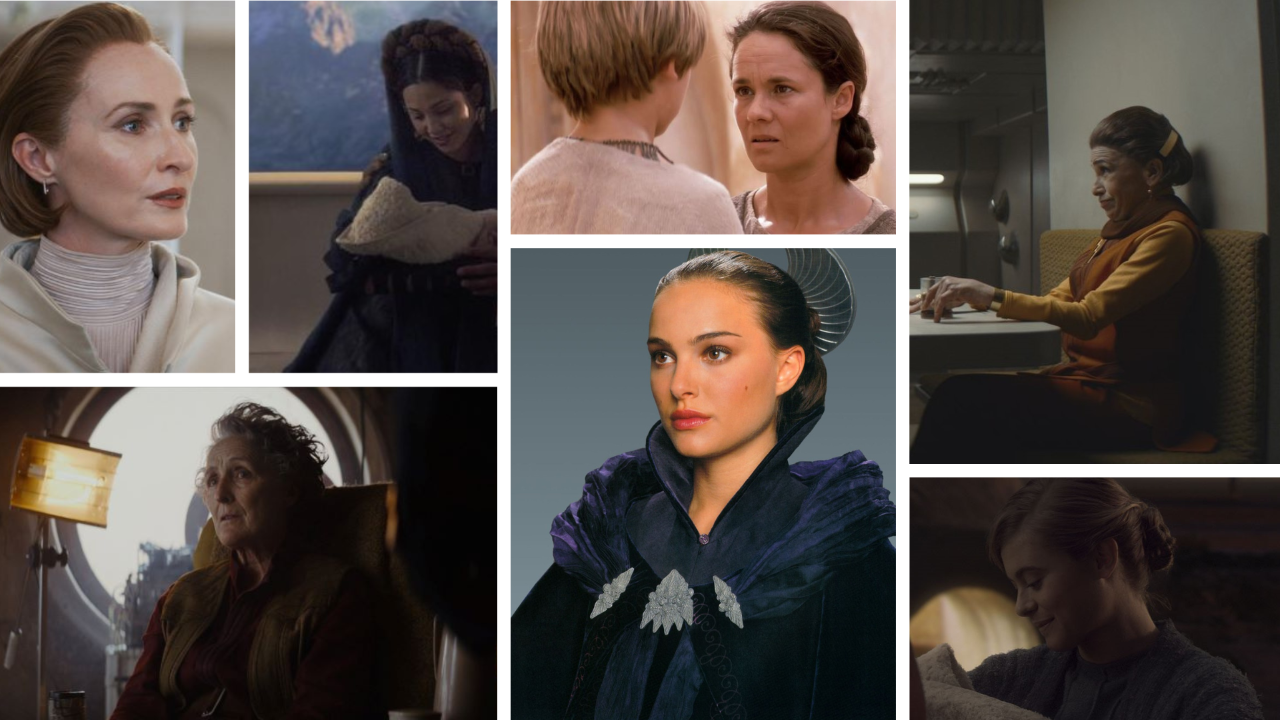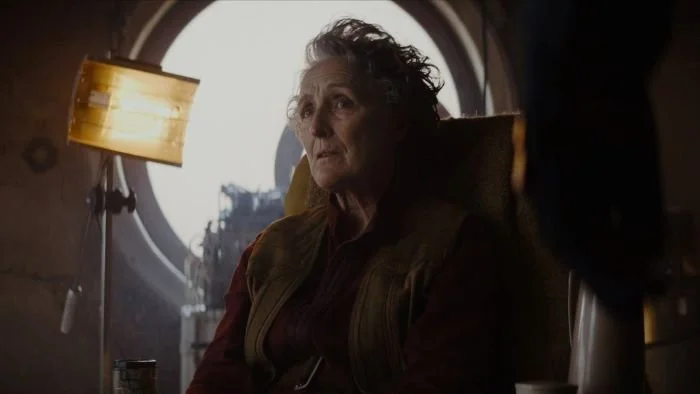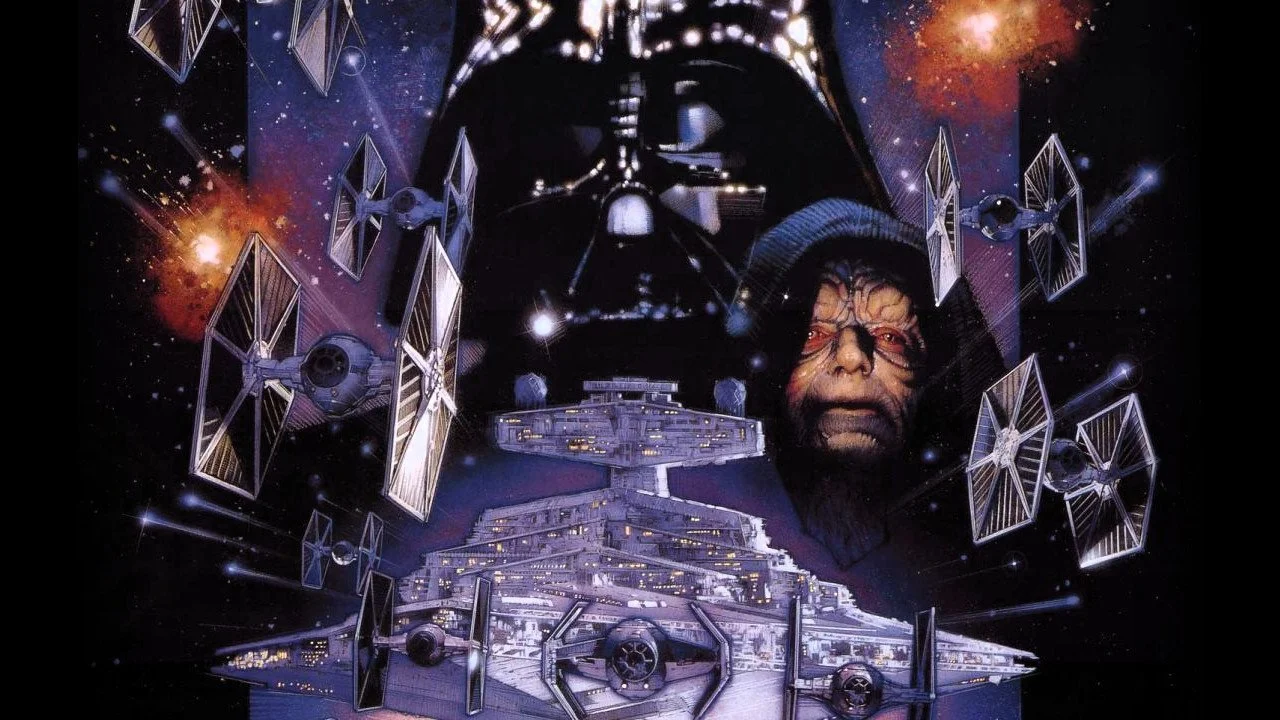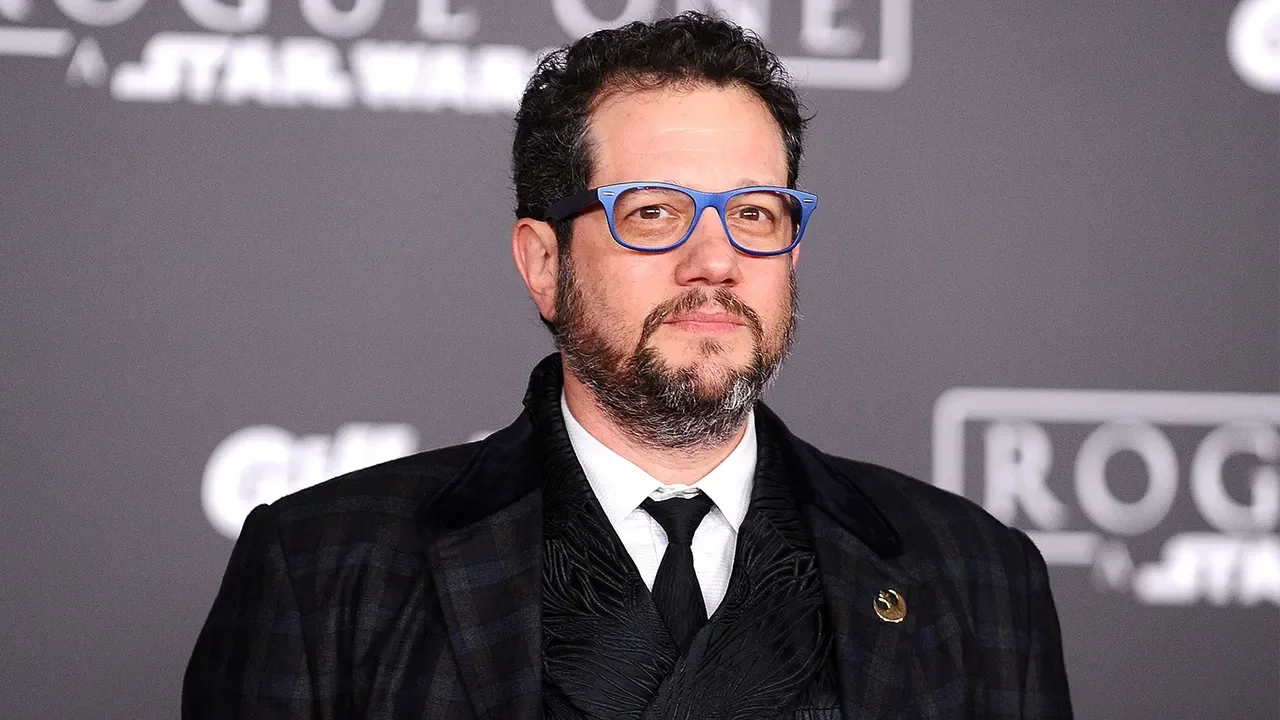Does Star Wars Have A 'Mother' Problem?
Image Source: CultureSlate
Does Star Wars have a problem with portraying mothers in its films and series? Star Wars women are typically outnumbered by men to a large degree. A 50/50 main character cast split would be great, but it hasn’t happened yet. The Last Jedi did make a strong attempt to increase the number of female stars, but no other movie or series has come close. The franchise has been dropping the ball with its mothers, female mentors, and matriarchs.
Isn’t The Number Of Mothers And Fathers Equal?
No, it’s definitely not. The Star Wars universe is littered with fathers and protective male mentors. They are placed at the center of the saga’s plot lines. The Mandalorian is essentially a father-son relationship between Din Djarin and Grogu. In The Bad Batch, Omega is raised by the Clone Force 99 squad, in particular Hunter. Let’s not forget Kanan Jarrus and Ezra Bridger in Rebels. The dynamic is not limited to the small screen. Obviously, Luke Skywalker and Darth Vader are the main features of the original trilogy, and Obi-Wan Kenobi and Anakin Skywalker are their counterparts in the prequels. Qui-Gon Jinn acts as a mentor and father figure for both Anakin Skywalker and Obi-Wan Kenobi in The Phantom Menace as well as in numerous books and graphic novels. The “papa bear” and “cub” stereotype is prevalent throughout the saga to the point where it has become a trope. It vastly outnumbers (in screen time and in the number of pairings) relationships with a female mentor or mother figure.
RELATED:
Leia Was A Mother In The Later Movies, Though.
It was rumored that the sequel trilogy was originally supposed to be centered around Carrie Fisher. Her sad loss meant that her role was heavily edited, meaning that Han Solo’s death was probably more impactful because that was the one that was planned. Leia is never in the same place as Kylo Ren. Both Han and Luke have more interactions with him. It is easy to attribute her minimized role to her passing, but this does not excuse the rest of the Star Wars universe from having a problem portraying mothers and other non-romantic relationships with women.
What About Padmé, Shmi, And Aunt Beru?
Image Source: StarWars.com
The three most prominent mothers in the series are obliterated from the saga. Beru (Bonnie Piesse, Shelagh Fraser) has significantly fewer lines in comparison to Uncle Owen. Most characters would speak to Uncle Owen if he is present, so Aunt Beru ends up spending entire scenes as a silent set piece. In the prequels, despite appearing in two films, Beru only says one word, “Hello.” Even in Obi-Wan Kenobi, Owen has much more back and forth with the Inquisitors and Obi-Wan than she does. The only relationship between Beru and Luke is in comparison to Uncle Owen. We know she is more lenient and more flexible than him, but we do not know what the two are like without him as a waypoint. Because Joel Edgerton had additional scenes, viewers could see more of his psychological processes concerning his adopted son, and the character is fully formed.
Shmi Skywalker (Pernilla August) only has two functions in the saga, to give up Anakin and to die. She had few lines in her two films, and despite being talked about at length by her son, Watto, and Clem Lars, we know little about her aside from the fact she was a slave. She was a plot device rather than a person.
Padmé is the greatest victim of mother erasure, and it has happened over a number of years. In the original trilogy, her existence was reduced to one conversation, which was a little unfair considering most of the conflict from The Empire Strikes Back onwards was centered around Luke’s relationship with his father. Padmé was cut again in Revenge of The Sith. Her death is a plot device to hasten Anakin’s spiral to the dark side, but also handily wipes her out of Luke and Leia’s storyline before she has a chance to be a parent. Before Padmé gives birth, she is one of the most prominent characters in the Star Wars Universe. Afterward (apart from an Easter egg here and there), Naboo is wiped from all live-action. Disney did not just delete Padmé, they took out her whole planet. Considering this is Sheev’s hood, this is especially strange that it is never mentioned again. It is almost as if everything Padmé-related is ditched once the writers have no use for her in Anakin’s story arc. Now, it could be argued that “fridging Padmé” was for the benefit of the story. However, it is strange not only how Star Wars took out the prominently- placed romantic lead just as she was about to become a mother, but also the handmaidens, the Gungans, and everyone from her world as well. On the flip side, how many times have we been to Tatooine? Asking for a friend.
Recently, after realizing how popular Padmé was, they released a series of books and graphic novels (Queen’s Peril, Queen’s Shadow, Queen’s Hope) based around the former queen. Luke’s discovery of his mother’s identity occurs in Troy Denning’s Legend series, The Dark Nest Trilogy, which still needs to be brought into canon. Doing so could repair the debt they owe to Padmé’s character for killing her off with so little of an explanation. An excuse to have the incredible Natalie Portman back?
It Can’t Be That Bad.
There are some bright spots. We can always count on David Filoni and his track record of creating characters from the female gaze. Ursa and Sabine Wren is a fantastic example of a complex mother-daughter relationship, and it is built over the course of several episodes rather than just being an add-on.
Andor compares three sets of mothers and their parenting styles, Maarva (Fiona Shaw) and Cassian, Eedy (Kathryn Hunter) and Syril Karn, and Mon Mothma (Genevieve O’Reilly) and Leida (Bronte Carmichael). The only daughter of the three mentioned, Leidda views everything from her father’s perspective and brings him up in every conversation with her mother, so it is still very male-focused despite being a relationship between two women. However, Fiona Shaw and Kathryn Hunter are a pleasure to watch in Andor, and it is wonderful to see how their polar opposite personalities shape their sons. It is a pity their screen time is brief. We would love to see more of Hunter as the overbearing Eedy Karn, who brings dark humor to an excellent series that otherwise lacks comedic notes.
Why Does It Matter?
Image Source: SlashFilm
The Star Wars universe risks losing these personal touches if it sidelines a huge segment of the population. Aunt Beru cannot have powerful moments with Luke in future series if all she is allowed to do is shout “Luke” and stand silently behind her husband. Disney must remember that women watch Star Wars too, and they need to see themselves represented as more than feisty eye candy. The women who loved the saga in the 1970s and 1980s may now be watching with their children, passing down stories of how they watched A New Hope in cinemas and how they regret breaking their Kenner Millennium Falcon. They’ve dressed up in cosplay, they’ve named their dog Chewie, and they’re teaching their kids about “the machete order.” They deserve to have content made with them in mind.
READ NEXT:















